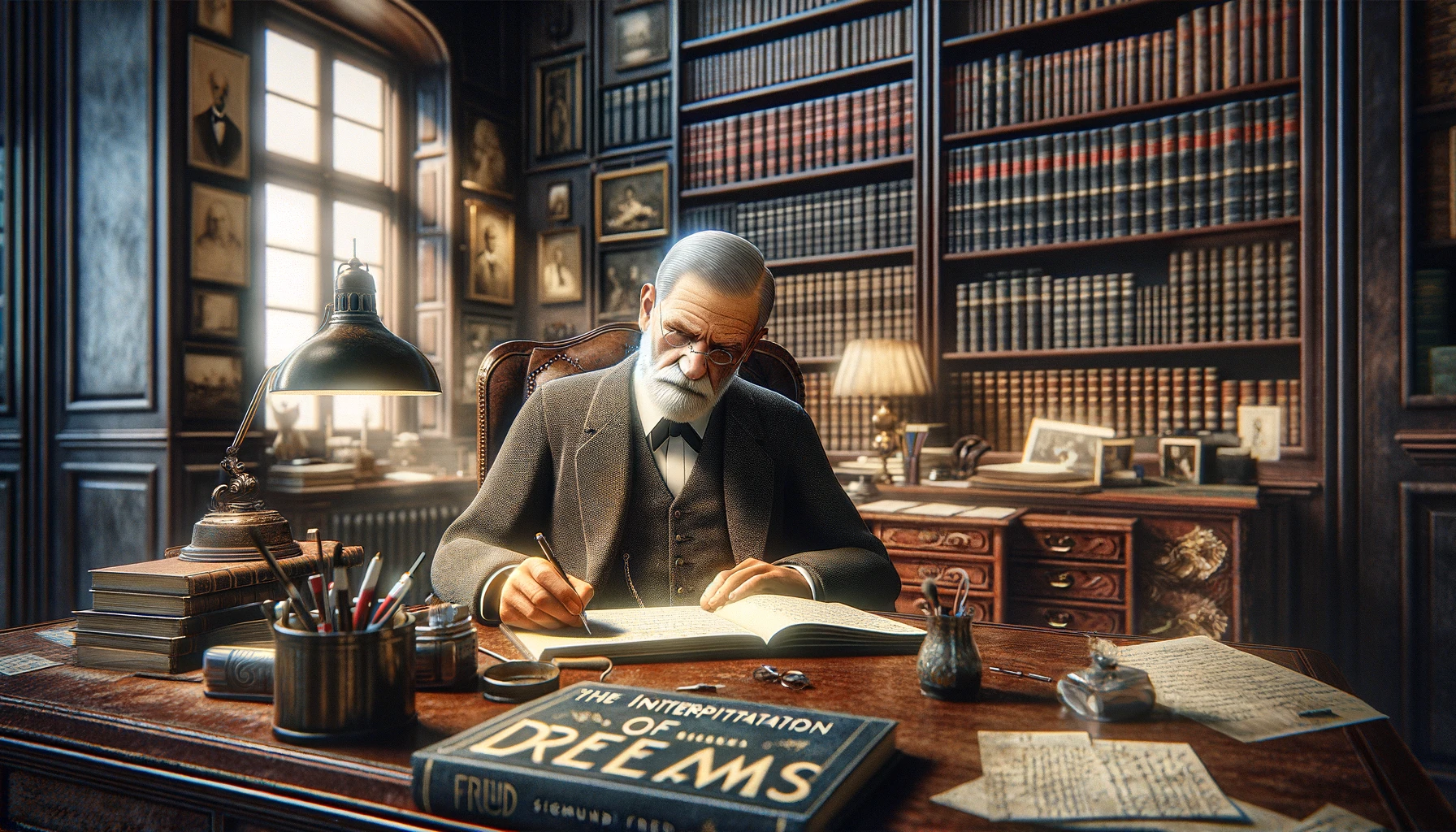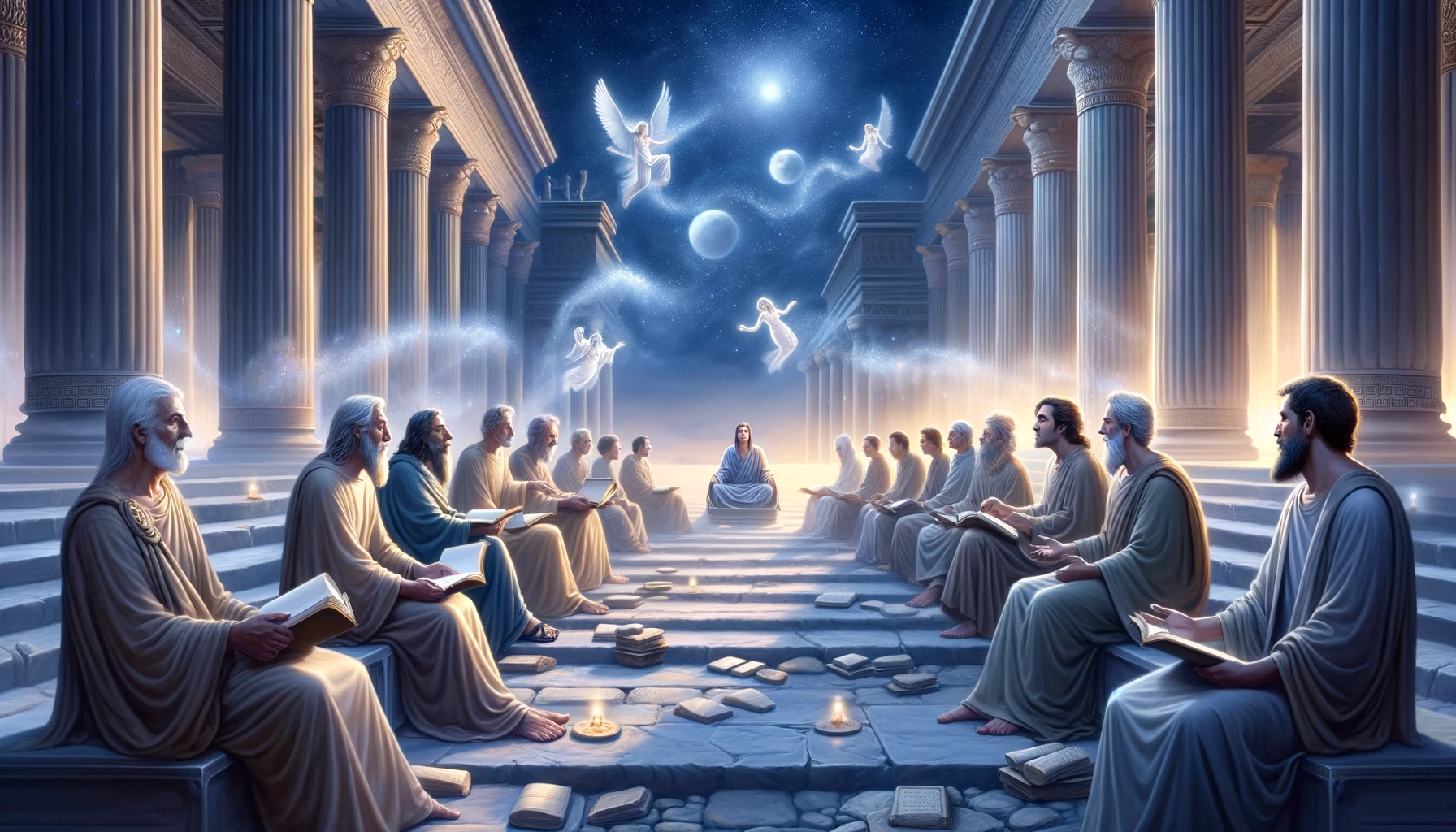Embarking on a Mystical Journey
In our exploration of Dreams and Visions in Medieval Literature, we enter a world where mysticism and reality converge. Medieval stories are more than just tales; they’re portals into the minds of the past. These narratives reveal how people saw dreams and visions as paths to divine wisdom.
Messages from the Divine
Dreams in medieval literature were sacred conduits. Take, for instance, Dante’s “Divine Comedy.” Here, visions propel the protagonist through spiritual domains. Each vision in this epic poem reflects a profound understanding of the universe and spirituality.
Symbolism in Ethereal Visions
Furthermore, Geoffrey Chaucer’s “The Canterbury Tales” brims with symbolism. Dreams and visions within these stories tackle themes of morality and justice. They offer a glimpse into medieval values and beliefs.
Influential Texts That Shaped an Era
Remarkably, works like “Pearl” and “Piers Plowman” provide insights into the medieval psyche. Additionally, dreams and visions in these texts influenced both literature and culture. Indeed, their rich allegory and symbolism were pivotal in shaping the era’s literary scene.
The Cultural Impact of Literary Dreams
Moreover, the recurring motifs of dreams and visions reflected and influenced medieval life. They were woven into society’s fabric, affecting art, philosophy, and more.
The Legacy of Medieval Narratives in Modern Storytelling
Considering Dreams and Visions in Medieval Literature, their impact on modern storytelling is evident. These themes have stood the test of time. They continue to influence contemporary tales and our comprehension of medieval culture.
Comparing Worldly Visions
Lastly, examining how different cultures depicted dreams and visions shows their universal appeal. This part of the article explores how various literatures portray these enduring themes.






